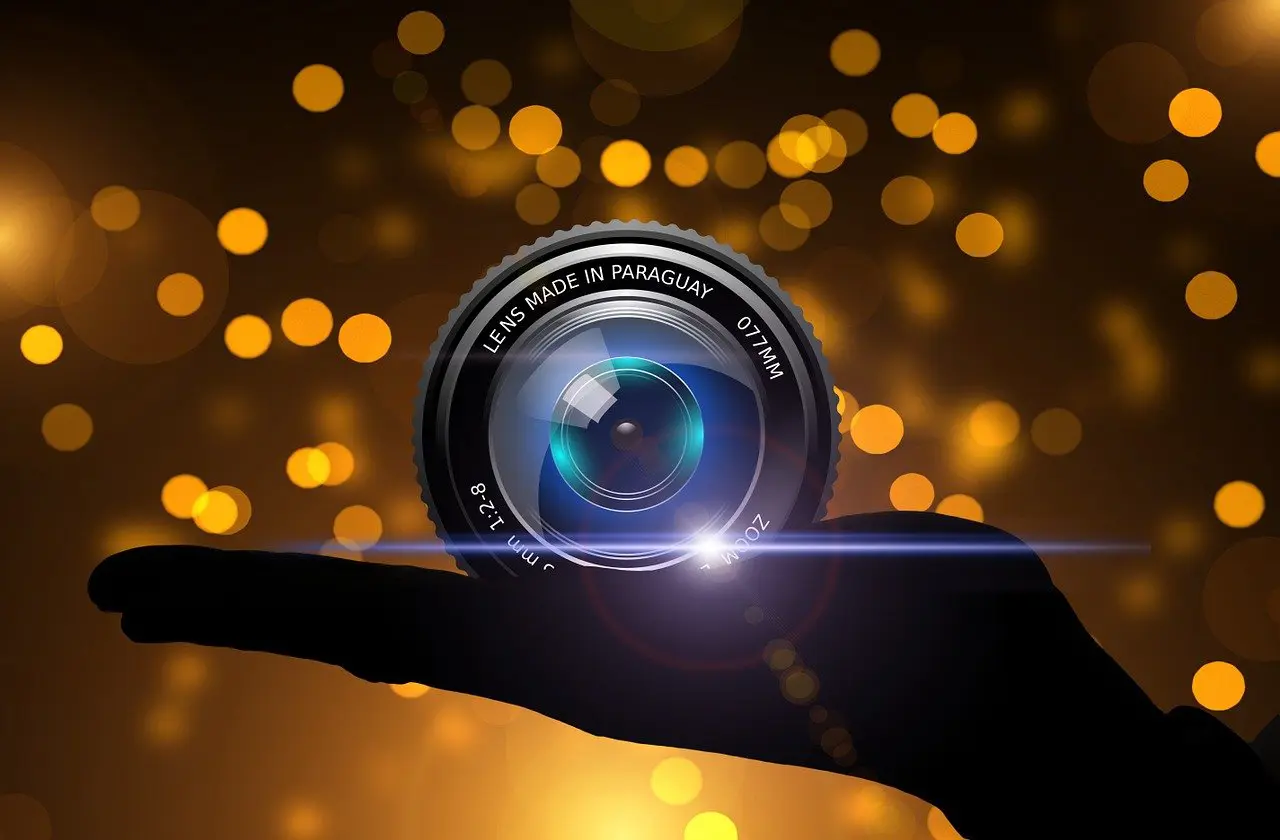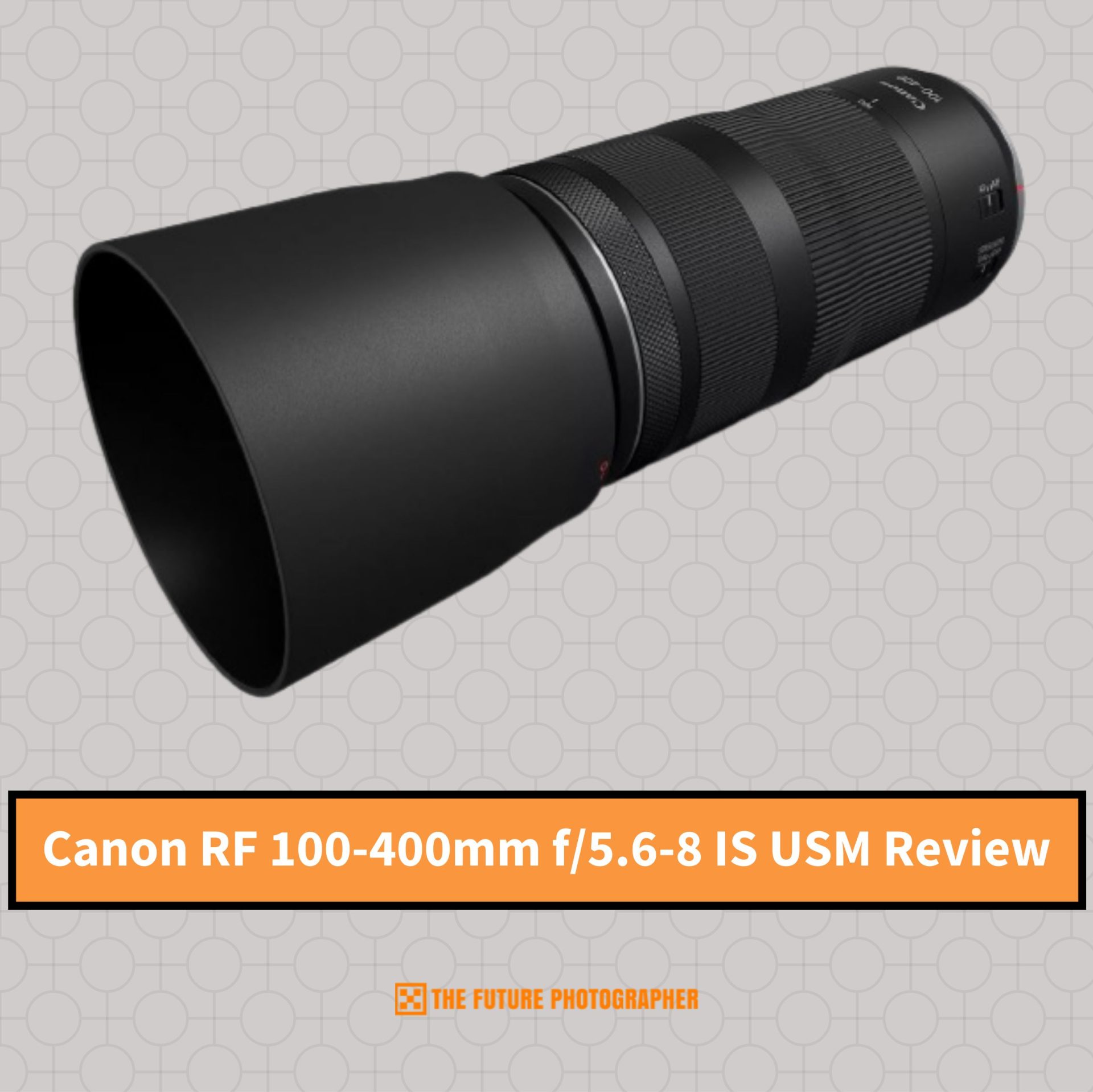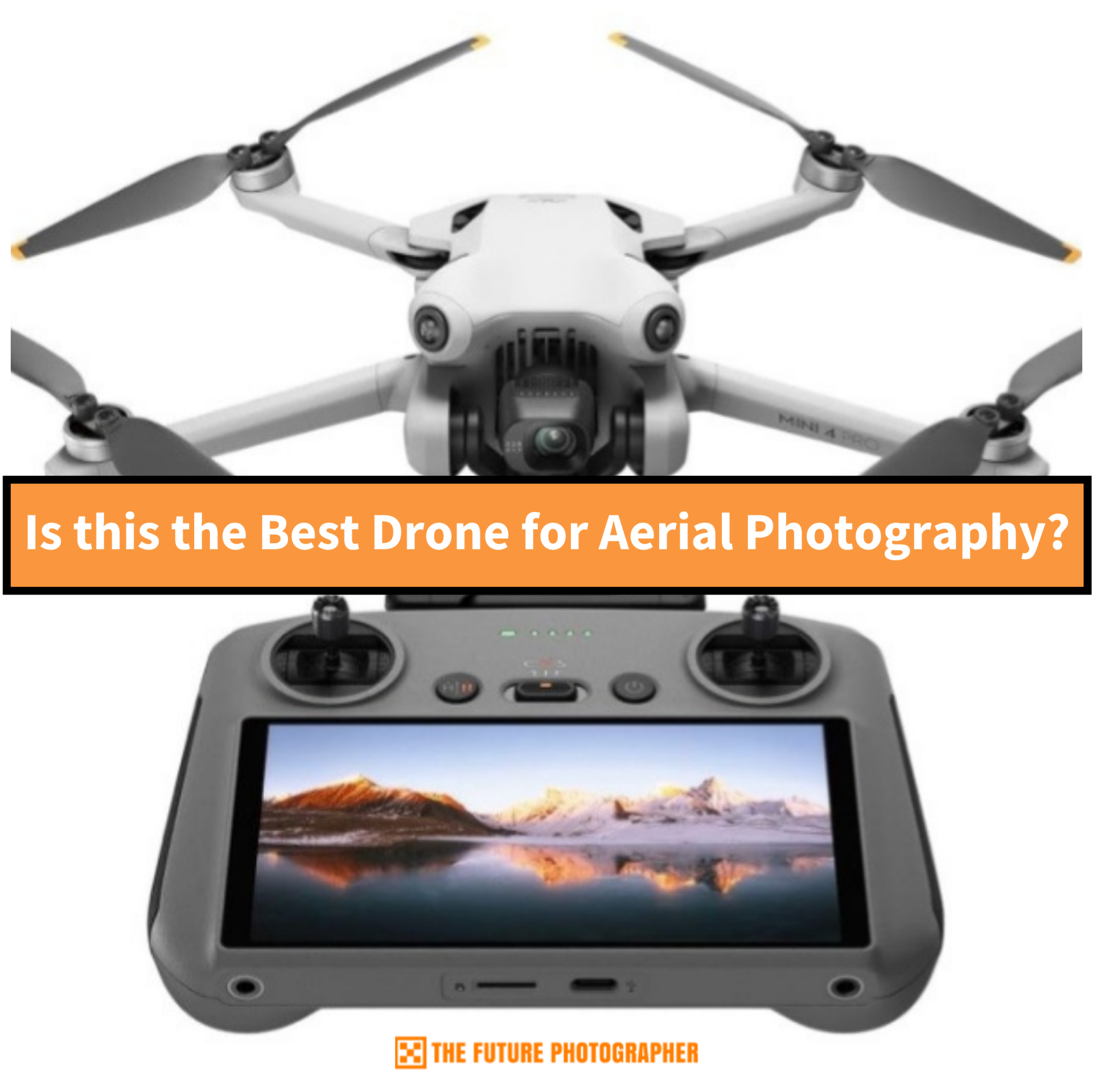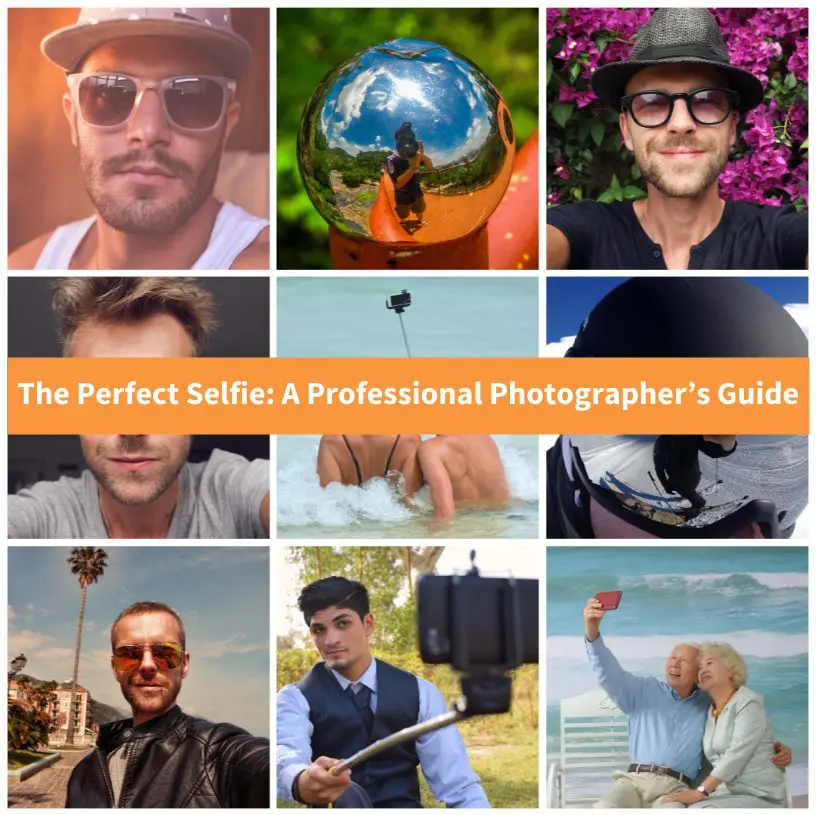
Introduction
Capturing sharp images in low light can be a daunting task, especially when you don’t have a tripod. However, with the right techniques and a positive mindset, you can achieve stunning results. This article will guide you through practical tips and creative solutions to help you master low-light photography without relying on a tripod. Let’s dive in!
Understanding the Challenges of Low-Light Photography
Low-light photography presents unique challenges. Without sufficient light, your camera struggles to focus, and images can appear blurry or grainy. Additionally, handheld shooting in dim conditions often leads to camera shake, which further degrades image quality.
However, these challenges are not insurmountable. By understanding your camera’s settings and employing creative techniques, you can overcome these obstacles. The key is to stay patient and experiment with different approaches.
Optimize Your Camera Settings for Low Light
The first step to capturing sharp images in low light is to optimize your camera settings. Start by switching to manual mode. This gives you full control over aperture, shutter speed, and ISO.
A wider aperture (lower f-number) allows more light to enter the lens, making it ideal for low-light conditions. Similarly, increasing the ISO can brighten your image, but be cautious, as higher ISO levels can introduce noise.
Embrace the Power of Image Stabilization
Many modern cameras and lenses come equipped with image stabilization technology. This feature compensates for small movements and reduces blur caused by camera shake. If your gear has this capability, make sure it’s enabled.
Even without built-in stabilization, you can mimic its effects. Hold your camera steady by tucking your elbows into your body or leaning against a stable surface. These small adjustments can make a big difference.

Use Fast Lenses for Better Low-Light Performance
Investing in a fast lens can significantly improve your low-light photography. Fast lenses have wider maximum apertures, such as f/1.8 or f/1.4, which allow more light to reach the sensor.
These lenses not only enhance image brightness but also create a beautiful shallow depth of field. This effect can add a professional touch to your photos, even in challenging lighting conditions.
Master the Art of Handheld Shooting
Handheld shooting in low light requires a steady hand and proper technique. Start by holding your camera with both hands and keeping your elbows close to your body. This minimizes movement and stabilizes your shot.
Additionally, time your shots with your breath. Gently exhale and press the shutter button at the end of your breath. This reduces body movement and helps you capture sharper images.
Leverage Natural Light Sources
When shooting in low light, make the most of available natural light. Position your subject near windows, streetlights, or other light sources. This not only brightens your image but also adds depth and dimension.
If natural light is scarce, consider using reflective surfaces. A white wall or a mirror can bounce light onto your subject, creating a more balanced exposure.

Experiment with Slow Shutter Speeds
Slow shutter speeds allow more light to reach the sensor, making them useful in low-light situations. However, they also increase the risk of camera shake. To counteract this, use the “reciprocal rule.”
The reciprocal rule suggests using a shutter speed that is at least 1/focal length of your lens. For example, if you’re using a 50mm lens, set your shutter speed to 1/50s or faster. This minimizes blur while maximizing light intake.
Utilize High ISO Settings Wisely
Increasing the ISO is a quick way to brighten your images in low light. However, higher ISO settings can introduce noise, which degrades image quality. To strike a balance, use the lowest ISO possible while still achieving proper exposure.
Many modern cameras handle high ISO levels exceptionally well. Test your camera’s limits in different lighting conditions to determine the highest usable ISO for your needs.
Shoot in RAW for Greater Flexibility
Shooting in RAW format gives you more flexibility during post-processing. RAW files retain more detail and allow you to adjust exposure, white balance, and noise reduction without sacrificing quality.
While RAW files take up more storage space, the benefits far outweigh the drawbacks. You’ll have greater control over your final image, especially in challenging lighting conditions.
Practice Proper Breathing Techniques
Believe it or not, your breathing can impact the sharpness of your photos. Rapid or shallow breathing can cause subtle body movements, leading to camera shake.
To combat this, practice slow, controlled breathing. Inhale deeply, exhale slowly, and press the shutter button at the end of your exhale. This simple technique can significantly improve image sharpness.

Use Burst Mode to Capture the Perfect Shot
Burst mode, or continuous shooting, is a valuable tool in low-light photography. By taking multiple shots in quick succession, you increase your chances of capturing a sharp image.
Even if some frames are blurry, others are likely to be sharp. This technique is particularly useful when photographing moving subjects in low light.
Stabilize Your Camera with Everyday Objects
If you don’t have a tripod, you can still stabilize your camera using everyday objects. Place your camera on a table, wall, or even a bag of rice to keep it steady.
For added stability, use a remote shutter release or your camera’s self-timer. This eliminates the need to touch the camera, reducing the risk of shake.

Post-Processing: Your Secret Weapon
Post-processing can work wonders for low-light images. Use software like Adobe Lightroom or Photoshop to fine-tune exposure, reduce noise, and enhance sharpness.
While post-processing can’t fix severely blurred images, it can significantly improve moderately blurry shots. Experiment with different tools and techniques to find what works best for your style.
Stay Positive and Keep Practicing
Low-light photography without a tripod can be challenging, but it’s also incredibly rewarding. Each shot is an opportunity to learn and improve. Stay positive, embrace the process, and celebrate your progress.
Remember, even professional photographers face challenges in low light. The key is to keep practicing and refining your skills. Over time, you’ll develop a keen eye and a steady hand.
Final Thoughts
Capturing sharp images in low light without a tripod is entirely possible with the right techniques and mindset. By optimizing your camera settings, leveraging natural light, and practicing proper shooting techniques, you can achieve stunning results.
Don’t be afraid to experiment and push your creative boundaries. With patience and persistence, you’ll master the art of low-light photography and create images that truly shine. Happy shooting!





